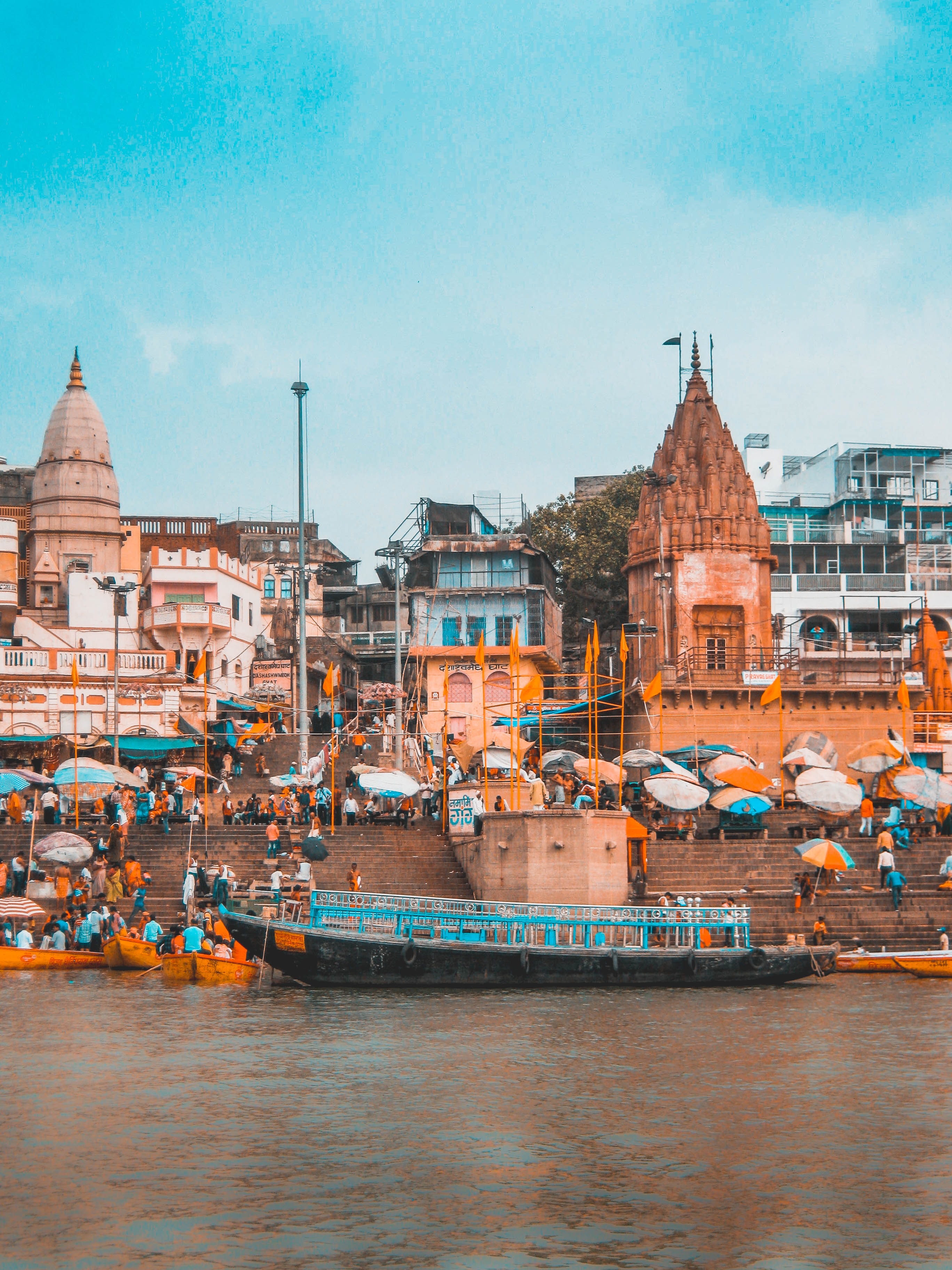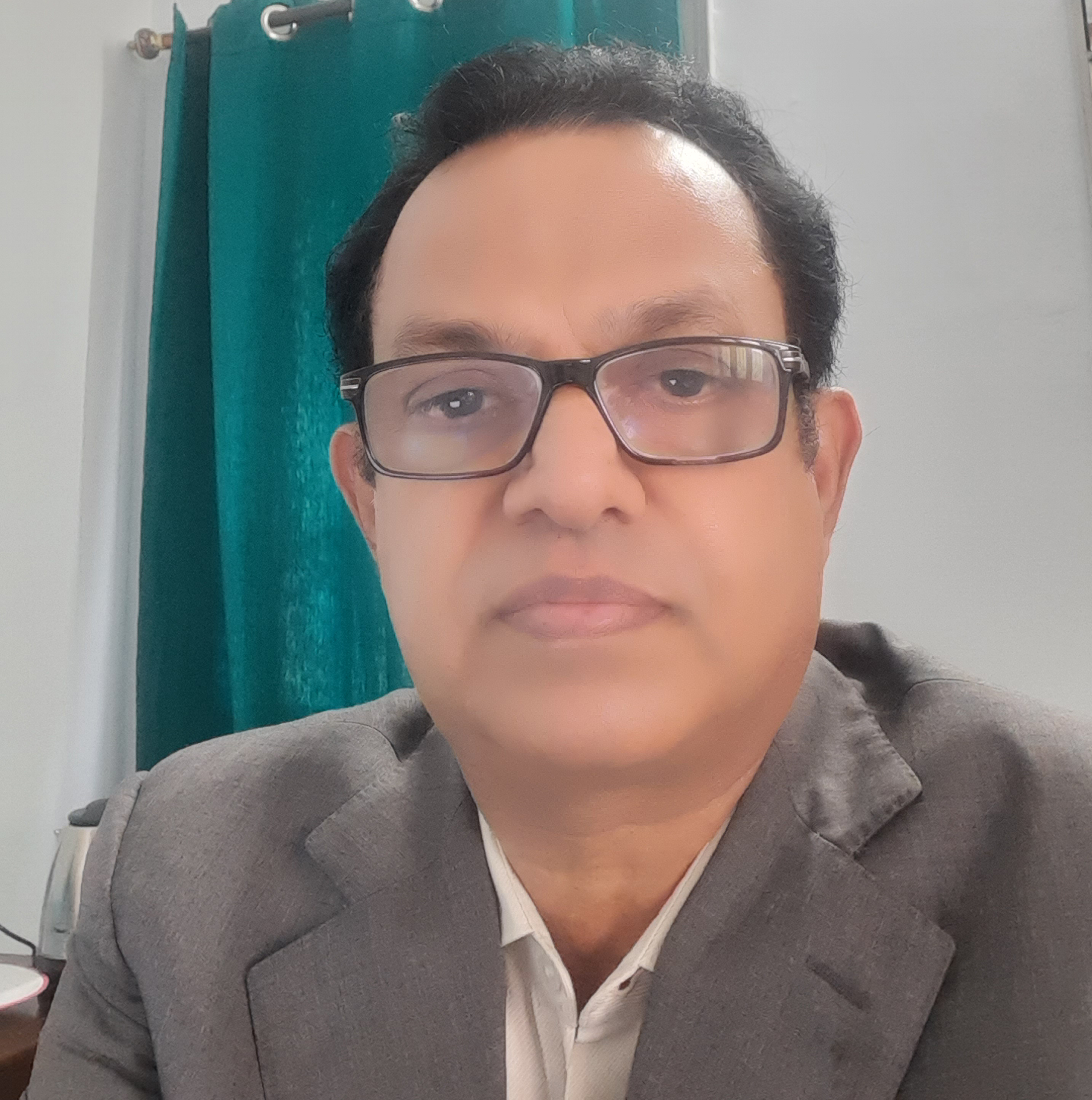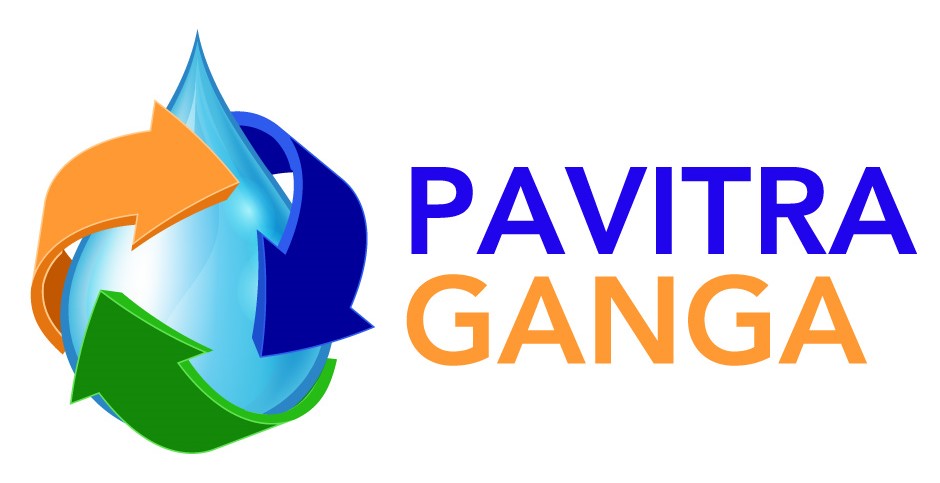Since the start of the project Pavitra Ganga has been developing a modelling approach to assess the impacts of adopted technologies, strategies and water resources allocation choices on the water quality and quantity for the two demo areas Kanpur and New Delhi. This project task has been a collaboration between IRAP, CNR-IRSA, VITO, IIT Kanpur and IIT Delhi. Dr. Dinesh Kumar from IRAP explains the setup of the modelling approach, the results so far and the lessons learnt.
How did IRAP, CNR-IRSA and VITO collaborate to establish the modelling approach?
“The conceptual level inputs to model the system are provided by Antonio Lo Porto of CNR-IRSA and myself. The work of setting up of the model was jointly done by VITO and IRAP. The team from IRAP and IIT Kanpur provided the database to run the model. I suggested to use the WEAP model for the work, which was endorsed by Paul Campling (project coordinator) and Antonio.”
How do you view the modelling work in Pavitra Ganga contributing to the goals of the project?
“The modelling helps to understand the scale at which the wastewater treatment systems can be implemented (with respect to capacity). We can do this for different degrees of treatment of different contaminants (depending on the technologies used) to get the water of desirable quality in the River Ganges (we call this the “objective function” of the modelling approach).
This meant that the model build up using WEAP had to undergo various iterations. The developed model was then used to help explore the different options to improve the water quality of the river, such as increasing the release of surface water into the river from upstream areas during the dry season to assimilate the pollution load.
One of the modules of the model helps us to analyze the cost of the treatment of wastewater and the cost of the alternatives, such as “increased surface water allocation”. This allows us to choose the most viable options. The cost and benefit evaluation will be one of the tasks that Pavitra Ganga’s modelling team will also take up.”
Why have you decided to use the WEAP model? What is the added value of the WEAP model and what is the difference with other modelling approaches?
“WEAP is the most compatible model to study the options for improving water resources management of river basins/watershed in terms of quantity and quality for large systems, and at the same time it is also a management tool.
But it is not a model that can simulate the hydrological processes. Therefore, the running of the model requires a good knowledge of the hydrological processes… For instance: how irrigation efficiency improvements can change the return flows to the shallow aquifer.
Where such knowledge is lacking, hydrological models can be integrated in WEAP. This was done for the sub-model to estimate the runoff from precipitation (as we have done for Kanpur and Delhi) and for the sub-model to estimate the groundwater recharge from irrigation.
It is simpler as compared to complex models that are used to study pollution, groundwater flow, etc… And it allows to analyse the impact of a wide range of options such as changing the water release or allocation, improvements of the water usage effectiveness, extra or better wastewater treatment systems, etc…
The impact of all these variables on the overall basin water balance and water quality can be predicted. The module for economic evaluation available in WEAP makes it a complete decision support tool.”
Can you rank the most important sources and pathways to pollution in the River Ganges to give a better idea of prioritizing measures?
“Sure, if we simulate the water resources and use system correctly, we will be able to get an idea of which source actually contributes most to the overall pollution. That allows us to better prioritize the measures for controlling. This means we can identify and quantify different aspects of the hydrological cycle: for example, the runoff from the upper catchment areas, the return flows from agricultural fields to streams and groundwater, including the chemical pollutants that enter the groundwater, and also the return flows from shallow groundwater to the stream. But this is extremely complex.
So far, we have captured only the pollution from sewage and industrial effluent. In the next phase, we can consider the dispersed (non-point) pollution from agricultural practices as well.”
(Continue reading below the image)

Scenario analysis is also part of the modelling work. What are the most important factors in determining whether we will have sufficient water to reach demand and whether the water bodies can be returned to good ecological status?
“For Kanpur, I consider increased water allocation from upstream reservoirs combined with wastewater treatment plants in the city periphery could be the best scenario for meeting the water quality requirements, especially during the dry season. In addition, better agricultural practices could reduce nitrate pollution from irrigated paddies (rice fields). These three options can therefore be considered while modelling for future scenarios. At this time, water quantity is not a concern for the Kanpur area.
For Delhi, water quantity problems are a concern, as the Yamuna river runs dry for most parts of the year. Therefore, water demand reduction in urban areas (Delhi city) and from agriculture are necessary, along with the introduction of wastewater treatment. The local agriculture surrounding the city also needs to increase the use efficiency of the available water sources. In the urban area, recycling of tertiary treated wastewater should be one of the options for meeting the future increase in urban water demand.”
In the first run of the model for Kanpur, a high-water deficit is experienced in all tested scenarios. Why is that, and what could solve the deficit?
“There will be a big water supply deficit in Kanpur city by 2040. But water resources are plenty available in the Kanpur area and there is no resource constraint. The deficit can thus be met by increasing the capacity of the water supply infrastructure. In that perspective, it is crucial to increase the capacity and treatment efficiency of the wastewater treatment systems to offset the increase in pollution load created by the increase in wastewater disposal."
Thank you for your clarifications, Dr. Kumar, and look forward to seeing more results from the modelling work!
Dr. Dinesh Kumar

Dr. Dinesh Kumar is the Executive Director of IRAP, which he founded in 2008. He has more than 30 years of experience working on technical, economic, institutional & policy issues in water management in India and other south Asian countries such as Nepal, Pakistan and Bangladesh.
Dr. Kumar is the author of several books on water, energy, agriculture, food security and has published extensively in international peer-reviewed journals on hydrology, water resources, energy, and food security. Dr. Kumar has 180 research papers to his credit including several journal articles, book chapters, international conference papers and monographs.
The major areas of expertise of Dr. Kumar are irrigation, river basin management, groundwater management, water-energy-food security nexus, urban water management, water productivity in agriculture and virtual water trade. Dr. Kumar has a Ph. D in Water Management, M. E in Civil Engineering (Water Resources Management) and B-Tech in Civil Engineering.
